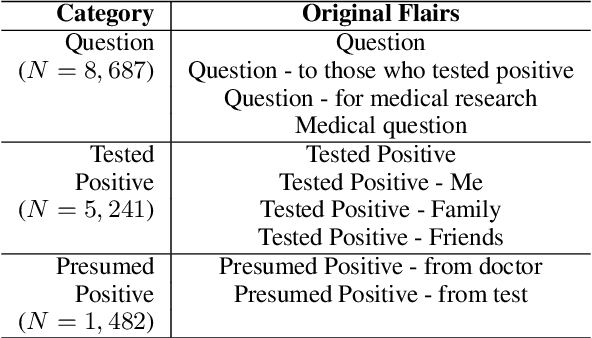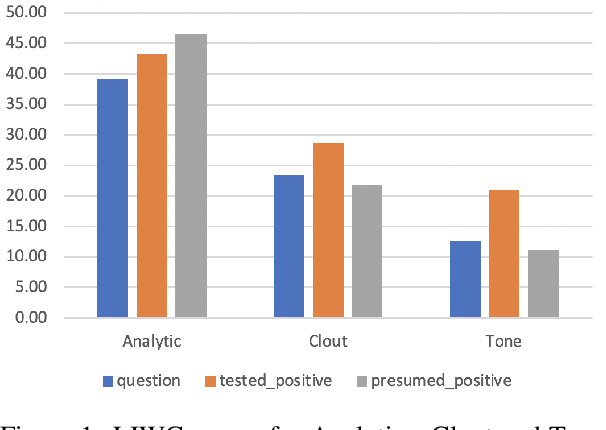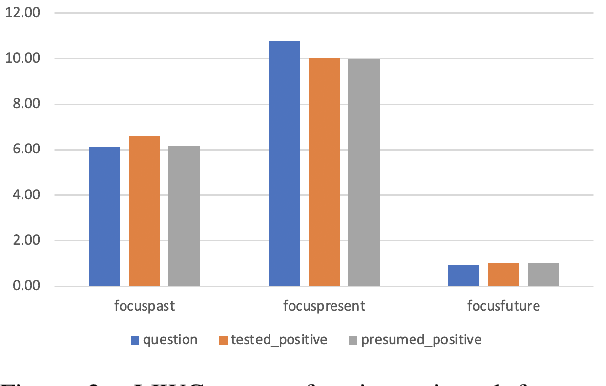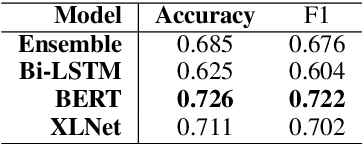Yuhan Gao
PC-bzip2: a phase-space continuity enhanced lossless compression algorithm for light field microscopy data
Oct 14, 2023Abstract:Light-field fluorescence microscopy (LFM) is a powerful elegant compact method for long-term high-speed imaging of complex biological systems, such as neuron activities and rapid movements of organelles. LFM experiments typically generate terabytes image data and require a huge number of storage space. Some lossy compression algorithms have been proposed recently with good compression performance. However, since the specimen usually only tolerates low power density illumination for long-term imaging with low phototoxicity, the image signal-to-noise ratio (SNR) is relative-ly low, which will cause the loss of some efficient position or intensity information by using such lossy compression al-gorithms. Here, we propose a phase-space continuity enhanced bzip2 (PC-bzip2) lossless compression method for LFM data as a high efficiency and open-source tool, which combines GPU-based fast entropy judgement and multi-core-CPU-based high-speed lossless compression. Our proposed method achieves almost 10% compression ratio improvement while keeping the capability of high-speed compression, compared with original bzip2. We evaluated our method on fluorescence beads data and fluorescence staining cells data with different SNRs. Moreover, by introducing the temporal continuity, our method shows the superior compression ratio on time series data of zebrafish blood vessels.
Learning Cross-view Geo-localization Embeddings via Dynamic Weighted Decorrelation Regularization
Nov 10, 2022Abstract:Cross-view geo-localization aims to spot images of the same location shot from two platforms, e.g., the drone platform and the satellite platform. Existing methods usually focus on optimizing the distance between one embedding with others in the feature space, while neglecting the redundancy of the embedding itself. In this paper, we argue that the low redundancy is also of importance, which motivates the model to mine more diverse patterns. To verify this point, we introduce a simple yet effective regularization, i.e., Dynamic Weighted Decorrelation Regularization (DWDR), to explicitly encourage networks to learn independent embedding channels. As the name implies, DWDR regresses the embedding correlation coefficient matrix to a sparse matrix, i.e., the identity matrix, with dynamic weights. The dynamic weights are applied to focus on still correlated channels during training. Besides, we propose a cross-view symmetric sampling strategy, which keeps the example balance between different platforms. Albeit simple, the proposed method has achieved competitive results on three large-scale benchmarks, i.e., University-1652, CVUSA and CVACT. Moreover, under the harsh circumstance, e.g., the extremely short feature of 64 dimensions, the proposed method surpasses the baseline model by a clear margin.
Textual Analysis of Communications in COVID-19 Infected Community on Social Media
May 03, 2021



Abstract:During the COVID-19 pandemic, people started to discuss about pandemic-related topics on social media. On subreddit \textit{r/COVID19positive}, a number of topics are discussed or being shared, including experience of those who got a positive test result, stories of those who presumably got infected, and questions asked regarding the pandemic and the disease. In this study, we try to understand, from a linguistic perspective, the nature of discussions on the subreddit. We found differences in linguistic characteristics (e.g. psychological, emotional and reasoning) across three different categories of topics. We also classified posts into the different categories using SOTA pre-trained language models. Such classification model can be used for pandemic-related research on social media.
 Add to Chrome
Add to Chrome Add to Firefox
Add to Firefox Add to Edge
Add to Edge